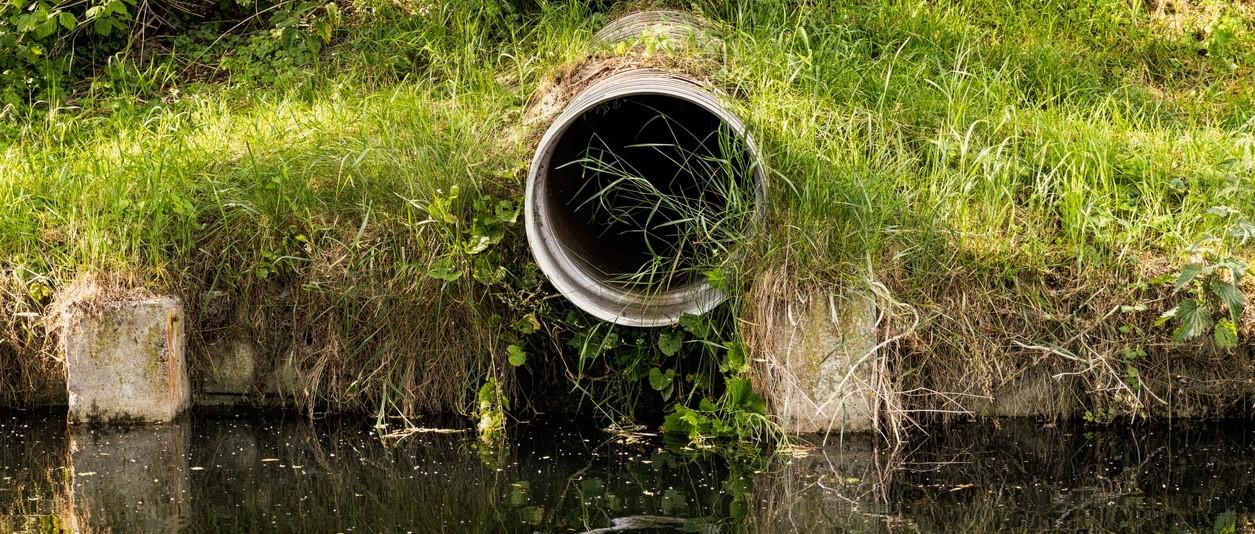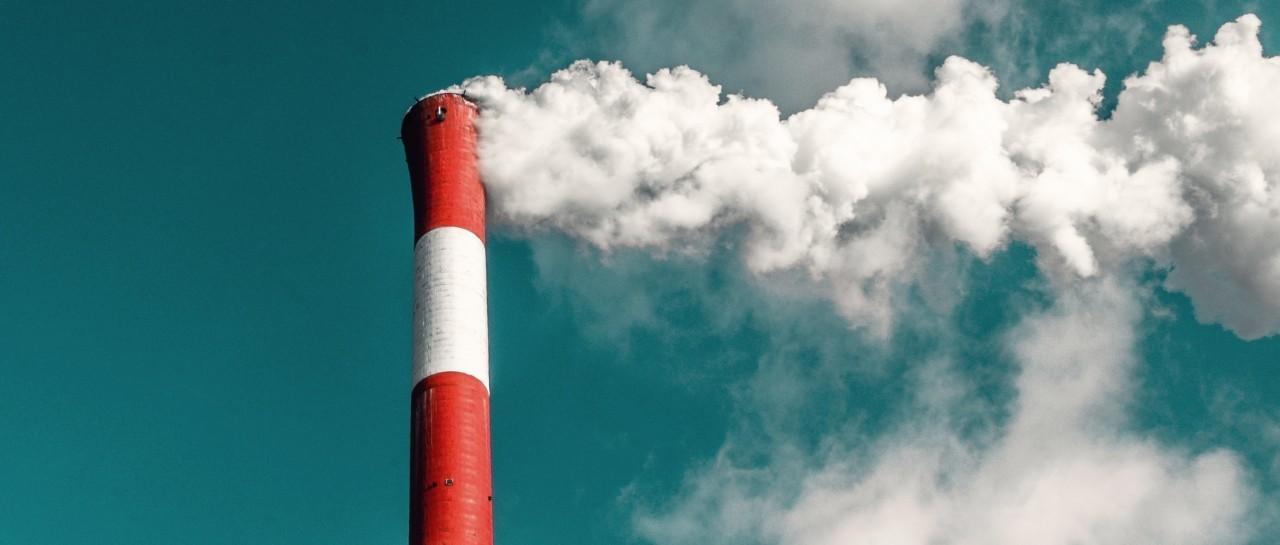
UK water quality part 2 – water pollution
Peer reviewed by Dr Krishna Vakharia, MRCGPAuthored by Amberley DavisOriginally published 27 Oct 2023
Meets Patient’s editorial guidelines
- DownloadDownload
- Share
- Language
- Discussion
In this series:UK water quality part 1 – is tap water safe?
In April 2024, water sports clubs united to form the Clean Water Alliance, in response to the UK water pollution crisis.
In part 2 of our UK water quality series, we examine the major water pollution concerns. How are sewage, medicines, microplastics, industrial chemicals, and recreational drugs seeping into our water sources? And what is the threat to public health?
In this article:
Continue reading below
Water pollution in the UK
It's natural for water to carry some bacteria and chemicals. After all, the water we drink, use around the house and bathe in is constantly being recycled between land, sky, sea and home. It's treated and filtered of many toxins each time - but when water management practises slip, contaminated water can make us unwell.
In part 1 of our UK water quality series, we looked at the common substances found in our drinking water and how they're managed. Here in part 2, we investigate the mismanagement of environmental contaminants and how they are slipping past the UK's water treatment system.
How much sewage is dumped in UK rivers?
Sewage can contain many disease-causing microorganisms, including viruses, bacteria and parasites. Proper waste-water management aims to prevent sewage from contaminating the water we use for swimming, drinking, and other activities.
However, since 2022, mass sewage dumpings have lead to a sharp rise in waterborne illnesses, prompting public concerns over mismanagement.
The Clean Water Alliance is formed, April 2024
Water-based sports urge government to address water pollution.
These organisations, representing 450,000 members, have united.
The Clean Water Alliance wants better monitoring and investigation of polluters.
The alliance also asks for access to real-time water quality information.
Oxford Cambridge Boat Race, March 2024
High levels of E.coli were detected in the stretch of the Thames where the event takes place - three members of the Oxford team went down with an E.coli strain.
Crew members were warned to take precautions such as the covering up all exposed scratches, cuts, and grazes and not to swallow water.
The tradition of the winning team throwing their cox into the water was swapped for lifting them in the air in the boat.
Surfers Against Sewage Water Quality Report statistics, UK 20231
60% of popular swimming sites didn't meet minimum safety requirements.
There were over 18,000 real-time sewage and pollution alerts that year.
Raw sewage discharges entered our waterways 399,864 times.
Sunderland World Triathlon Championship, August 2023
57 swimmers came down with sickness and diarrhoea. Water testing three days before the event showed that E Coli, an illness-causing bacteria, had 3900 colonies per 100ml of water. This is more than 39 times higher than readings from the month before, and mass sewage dumping from the Whitburn outfall was identified as the cause.
Continue reading below
What are the health risks of sewage?
When we come into contact with sewage pollution, this can lead to:
Gastrointestinal infections - Symptoms such as diarrhoea, vomiting, stomach cramps, and a high temperature can be caused by bacteria such as Salmonella and E Coli.
Viral infections - Viruses like norovirus and hepatitis A can spread through contaminated water and lead to gastroenteritis and hepatitis, respectively.
Respiratory infections - Inhaling airborne sewage droplets can cause infections in the lungs and airways.
Skin problems - Skin that comes into contact with contaminated water may develop eczema or rashes.
Problems with other pollutants - Sewage may also carry other pollutants that are harmful to our health in large amounts, for example, medicines pooed and peed by people as waste, heavy metals, and industrial chemicals.
Long-term health problems - It's also possible that repeated or prolonged exposure to sewage-contaminated water, for example as a sewage worker, can have long-term health consequences2.
Out of this health crisis, evidence has emerged of illegal sewage dumping and spills by water firms3. This includes companies discharging raw sewage more often than the law allows, in illegal conditions - such as during wet weather - and a lack of accurate reporting to Ofwat and the Environment Agency, the regulators for England and Wales.
What is being done?
Regulators Ofwat and the Environment Agency are taking legal action against several water firms for illegal dumping of sewage from treatment works3.
The Office for Environmental Protection, an independent watchdog, is also holding both the government and regulators accountable, claiming they may have broken the law by letting water firms discharge raw sewage more often than is legal4.
What can we do?
Contact your local government - Report water pollution, ask for improvements in waste-water infrastructure, and request that data on sewage released through overflow systems be made publicly available.
Advocate for local waste-water recycling programmes - Some sewage-contaminated water can be reused for agricultural irrigation and other land uses.
Surfers Against Sewage have a Safer Seas & Rivers Service app which tells you where it's safe to swim. It also allows you to report contamination problems and related illnesses, delivering this important information to the appropriate governing bodies and keeping the statistics as accurate as possible.
Antibiotics in our drinking water
There are growing concerns that authorities aren't doing enough to manage the threat of antibiotics in our drinking water. One of the top 10 global threats to public health is the overuse of antibiotic medicines, which drive and spread antibiotic resistance5 - when our bodies develop the ability to defeat the medicines designed to kill bacteria. Not only does this threaten human and animal health, but also the health of our environment, food security, and socio-economic development5.
This happens because antibiotics can exert selective pressure on bacteria, favouring the survival of antibiotic-resistant strains. These resistant bacteria can then multiply and potentially spread resistance genes to other bacteria.
When humans and farm animals take antibiotics, they pass through the body and are sent out as pee, which then finds its way back into the water cycle - along with traces of the drug - and our drinking water.
Despite the UK government's 5 Year National Action Plan to contain the spread of antibacterial resistance by 2040, there is currently no water pollution legislation for antibiotics or resistant strains to be removed from water sources.
What is being done?
A scientific commission, which has adopted the EU One Health Action Plan against AMR is calling for new measures to improve antibiotic resistance monitoring in water sources and to limit the use of antibiotics in medicine and animal husbandry6.
Healthcare professionals also try to slow antibiotic resistance by only prescribing antibiotics to patients who need them, where no other treatment will work.
What can we do?
If you need to dispose of any unused antibiotics, make sure these can't find their way into our water. For example, there are medication take-back schemes in UK pharmacies, or you can follow safe disposal practices recommended by local authorities. Never flush unused medicines down the toilet.
Continue reading below
What are the other sources of water pollution?
Microplastics
Microplastics are tiny pieces of any kind of plastic debris. These find their way into our drinking water supplies and the fish we eat. But the toxic effect of the current low levels detected in tap water is currently unknown. It's possible that plastic toxicity can interfere with our hormones and affect fertility7, but according to the World Health Organisation (WHO), more research is needed to understand how much exposure to microplastics constitutes a danger to long-term health.
Pesticides and herbicides
Pesticides and herbicides are poisons sprayed on crops to kill pests and plants. These harsh chemicals can seep into rivers and enter our drinking water sources. In large enough quantities, this can poison humans - and symptoms range from the uncomfortable to the deadly. While the traces found in tap water aren't high enough to cause immediate and obvious symptoms, scientists don't yet know the long-term health implications of prolonged exposure through drinking water.
Industrial chemicals
Discharges from industrial processes may contain harmful chemicals, including a family of thousands of synthetic chemical compounds called per- and polyfluoroalkyl substances (PFAS). There are currently no legal restrictions for PFAS in drinking water England and Wales8. Many scientists are calling for the UK to establish safe level limits of these harsh chemicals, which have been linked to several serious health problems, including liver damage, cancer, fertility issues, and thyroid disease9.
Recreational drugs
Trace amounts of drugs like cocaine have been detected in waste-water and rivers, suggesting that these recreational drugs are being used frequently by a large number of people in the UK. In 2019, hyperactive behaviour displayed by eels in the River Thames was suspected to be linked to high levels of cocaine entering the river through London sewage. However, the likelihood of such drugs reaching levels that significantly contaminate drinking water remains low.
Further reading
Muzaini et al: Systematic review of potential occupational respiratory hazards among sewage workers.
Agency for Toxic Substances and Disease Registry: Investigation into sewage treatment works.
United Nations Environmental Progress: Antimicrobial resistance: a global threat.
European Commission Science Hub: Antibiotics in water and the risk of drug-resistant bacteria.
European Environment Agency: What are PFAS and how are they dangerous for my health?
Patient picks for Pollution

General health and lifestyle
How air pollution affects your health
UK Prime Minister, Rishi Sunak, has delayed banning the sale of new petrol and diesel cars from 2030 to 2035. Following World Car Free day we look at the health effects of air pollution and the harmful levels in the UK.
by Amberley Davis

General health and lifestyle
Air pollution blamed for a third of new asthma cases in Europe
A third of new cases of asthma in Europe could be attributed to air pollution, suggests a study.
by Milly Evans
Continue reading below
Article history
The information on this page is peer reviewed by qualified clinicians.
Next review due: 29 Apr 2027
27 Oct 2023 | Originally published
Authored by:
Amberley DavisPeer reviewed by
Dr Krishna Vakharia, MRCGP

Ask, share, connect.
Browse discussions, ask questions, and share experiences across hundreds of health topics.

Feeling unwell?
Assess your symptoms online for free
Sign up to the Patient newsletter
Your weekly dose of clear, trustworthy health advice - written to help you feel informed, confident and in control.
By subscribing you accept our Privacy Policy. You can unsubscribe at any time. We never sell your data.